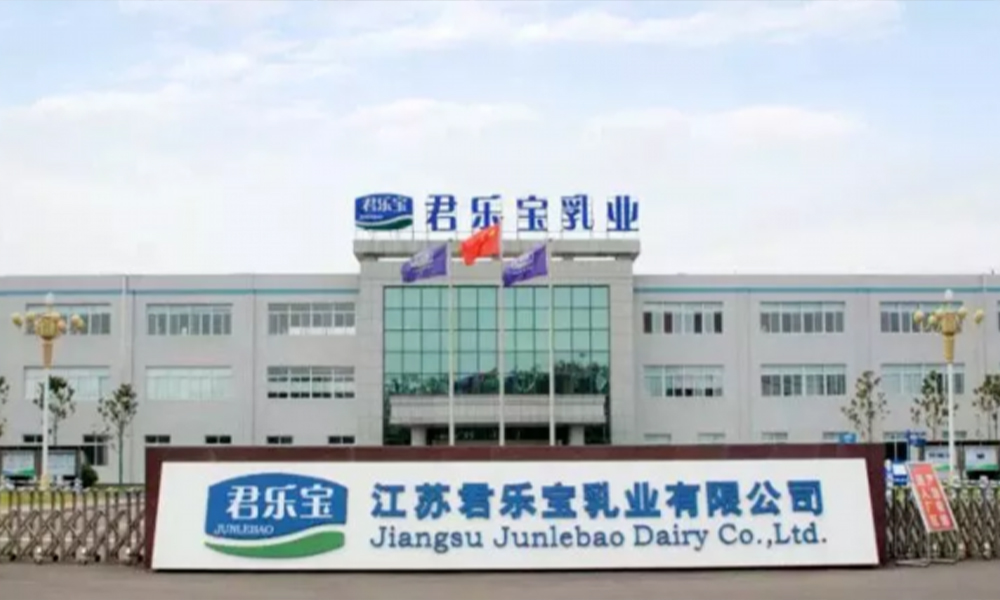The fuel gas is extinguished in the hot blast stove through the extinguisher to produce high-temperature fuel gas. The hot blast stove with enhanced heat exchange measures transmits the heat of high-temperature gas to the heated air. After heat transmission, the temperature of high-temperature gas drops below 250 degrees and is discharged from the blower.

The air to be heated is strongly escorted to the hot blast stove through the selected blower. The temperature after heat absorption rises to the rated value and is escorted from the hot blast outlet. When the hot blast temperature reaches the rated upper limit temperature, the extinguisher will automatically stop extinguishing, or it will automatically become a small flame. When the hot blast temperature drops to the rated lower limit temperature, the extinguisher will ignite and operate again.
Gas hot blast stove is an example of energy saving and cleaning. What are the structural components of gas hot blast stove? The composition part can refer to the composition of coal-fired hot blast stove: the coal-fired hot blast stove is composed of furnace discharge, refractory brick, reflector, hot blast stove body, flue and suction pipe, dust collector, chimney and its support, induced draft fan (including regulating valve), blower (including regulating valve) and special temperature measuring instrument.
That is, the fuel is directly extinguished. After high purification treatment, it forms hot air. After direct contact with materials, it stops heating, drying or baking. The fuel consumption of this method is about half less than that of steam or other indirect heating methods. Therefore, on the premise of not affecting the production and quality, direct high purification hot air can be used. Fuel oil is gaseous fuel, such as gasoline, natural gas and liquid gasoline.

近日,加科燃烧器圆满完成江苏君乐宝乳业有限公司2台低氮燃烧器项目的安装与调试工作,为乳业生产的高效、环保运行注入···

近日,加科燃烧器顺利完成对青海云天化国际化肥有限公司2台25吨低氮燃烧器的改造项目,标志着双方在环保与能源效率提升···